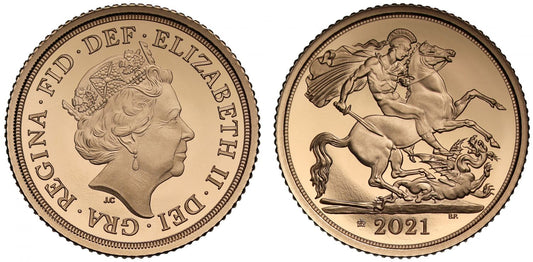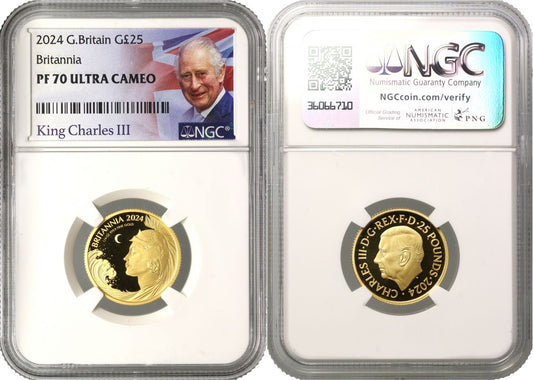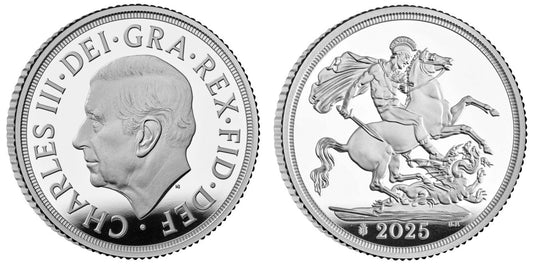FAQs
What makes a coin valuable?
I have coins to sell, what’s the next step?
How will my purchases be shipped?
What happens if I’m not entirely happy with my purchase?
Henry I round Halfpenny, Salisbury Mint, Moneyer Ailward
Henry I (1100-35), silver Round Halfpenny (c.1107), Wilton Mint, moneyer Ailward, facing uncrowned head, hair made up of nine rosette like ringlets, inner and outer beaded circles and legend surrounding, initial mark cross pattee, commences at top, +HENRIC-- REX:, rev. cross potent with groups of four pellets in each angle, AILPARD ON S-, weight 0.50g (N 872; S 1277). Toned with a clear face, a little uneven in shape, flat parts to some legend, otherwise very fine and extremely rare, currently the only one of this mint and moneyer outside of an institutional collection.
The legends translate as "Henry King" on obverse and "Aethelweard of Salisbury" on the reverse.
The round Halfpenny denomination of King Henry I first came to light 71 years ago, when respected professional numismatist Peter Seaby exhibited a coin of Winchester by the moneyer Godwine A at the British Numismatic Society on 1 March 1950 (North pl.16, 36 and SpinkStandard Catalogue,p.135, coin now in the Fitzwilliam Museum). It took until 1989 for four more halfpence to emerge: Sandwich, Æthelbold,rev. struck from a type IX Penny die (now in Fitzwilliam Museum), and Hereford, moneyer Ailred (now in British Museum) both found together in spoil from Thames Exchange; Norwich(?), moneyer Thot, found in Norfolk (now in Fitzwilliam Museum); and York, moneyer Othbeorn, found near Newbury.
Other mints and moneyers discovered since include examples of Oxford, moneyer Ægelnoth; Wallingford, moneyer Osulf; and Wilton, moneyer Ailward (all in Fitzwilliam Museum); another Sandwich, moneyer Æthelbold, of regular type, found at Little Mongeham, Kent, September 1992; Winchester, moneyer Wimund, ex Baldwin Auction 7, 2nd May 1996, lot 517 and now also in the Fitzwilliam Museum; Lincoln, moneyer uncertain as only half a coin, found Newark 2004; Norwich, moneyer Thorstein, found Sutton Bridge 2009; York, moneyer Forni, found north east Lincolnshire 2009; London, moneyer ---DRED, a fragmentary coin found Kent 2013; London, moneyer Thorreaed, found Tilbury 2014; Canterbury, moneyer Winedaeg, found Wherwell - pierced in three places; as well as three uncertain pieces. There was also a more recently found Winchester Mint piece of moneyer Ailwin, and the piece offered herewith which seems to be Ailward of Wilton rather than Salisbury as the EMC record suggests. The partially visible loop of the S could easily be the loop of a P and the moneyer name fits with the Wilton piece in the Fitzwilliam Museum. Whether Wilton or Salisbury the coin is a major rarity.
To summarise there are 22 examples recorded of which many are either in museums or fragmentary.
The fourth son of William the Conqueror, the "fine scholar" Henry Beauclerc as he was known acceded to the throne of England on the death of his childless elder brother William Rufus, who died after a hunting accident in the New Forest on 2nd August 1100. Well educated Henry had been left landless when his Father died with the Kingdoms shared between the two eldest surviving brothers Robert and William, though he did purchase the county of Cotentin from his eldest brother Robert in western Normandy, but was later deposed from there in 1091, and subsequently, gradually rebuilt his power there with the help of elder brother William against Robert. Upon the death of William Rufus, and being present in the area at that time, he immediately became King promising to correct the less popular policies of his late brother. Henry married Matilda of Scotland with whom he had a son William Aethling and a daughter the Empress Matilda, as well as various other illegitimate children. His elder brother Robert invaded in 1101 disputing Henry's control, but this was settled by a pact recognising Henry as King of England. Henry later invaded Normandy in 1105 and 1106 defeating Robert eventually in the Battle of Tinchebray imprisoning his brother until his death on 3rd February 1134 in Cardiff Castle. Henry then controlled Normandy for which he was subsequently challenged by Robert's son William Clito who was supported by Fulk V of Anjou, Baldwin VII of Flanders and Louis VI of France, resulting in major rebellions within the Duchy from 1116-19. Eventually a peace settlement was agreed in 1120 after Henry's victory at the Battle of Bremule.
Henry was an effective leader who drew his nobles and barons close whilst using the government justice and taxation systems to the best effect boosting the Royal Exchequer, along with Normandy and its own independent system. He also encouraged ecclesiastical reform playing a major role in selecting senior clergy, though he did have a serious earlier dispute with Archbishop Anselm of Canterbury in 1101 eventually resolved through a compromise in 1105. Unfortunately, Henry's son and heir apparent William drowned in the White Ship sinking disaster of 1120 and Henry entered a second marriage in the hope of another son, but the union with Adeliza of Louvain remained childless. He therefore declared Matilda his heir and married her to Geoffrey of Anjou in 1128 but the relationship between them all became strained with fighting along the Anjou border. Henry subsequently died on 1st December 1135 after a week of illness and despite his plan for succession it was Stephen of Blois his nephew that succeeded him which led to a Civil War.
Wilton beside the River Nadder and Wylye situated north-west of Salisbury is in the Bughal Hidage and Alfred the Great was defeated here in 871. The town was burnt by Swein in 1003 when the mint was moved to Salisbury, with moneyers only returning later from circa 1020. Later the Empress Matilda spent Easter of 1141 here and Stephen suffered a defeat here in 1143. Minting activity occurs from the reign of Edgar until Henry II and then for Henry III.
Provenance:
Found Weyhill near Andover, Hampshire, 1st December 2019. EMC 2019.0362 where identified as Salisbury.
Ex Classical Numismatic Group, Webshop, July 2020.
Ex Collection of an English Doctor part II, Sovereign Rarities fixed price list online May 2022.
FAQs
What makes a coin valuable?
I have coins to sell, what’s the next step?
How will my purchases be shipped?
What happens if I’m not entirely happy with my purchase?













